On the afternoon of November 10, continuing the 6th session of the 15th National Assembly, Minister of Justice Le Thanh Long, on behalf of the Government, submitted to the National Assembly the revised Capital Law project with many new policies for Hanoi.
The draft law consists of 7 chapters and 59 articles (an increase of 3 chapters and 32 articles compared to the 2012 Capital Law, of which 3 articles are kept the same; 18 articles are amended and supplemented; and 38 articles are newly stipulated).
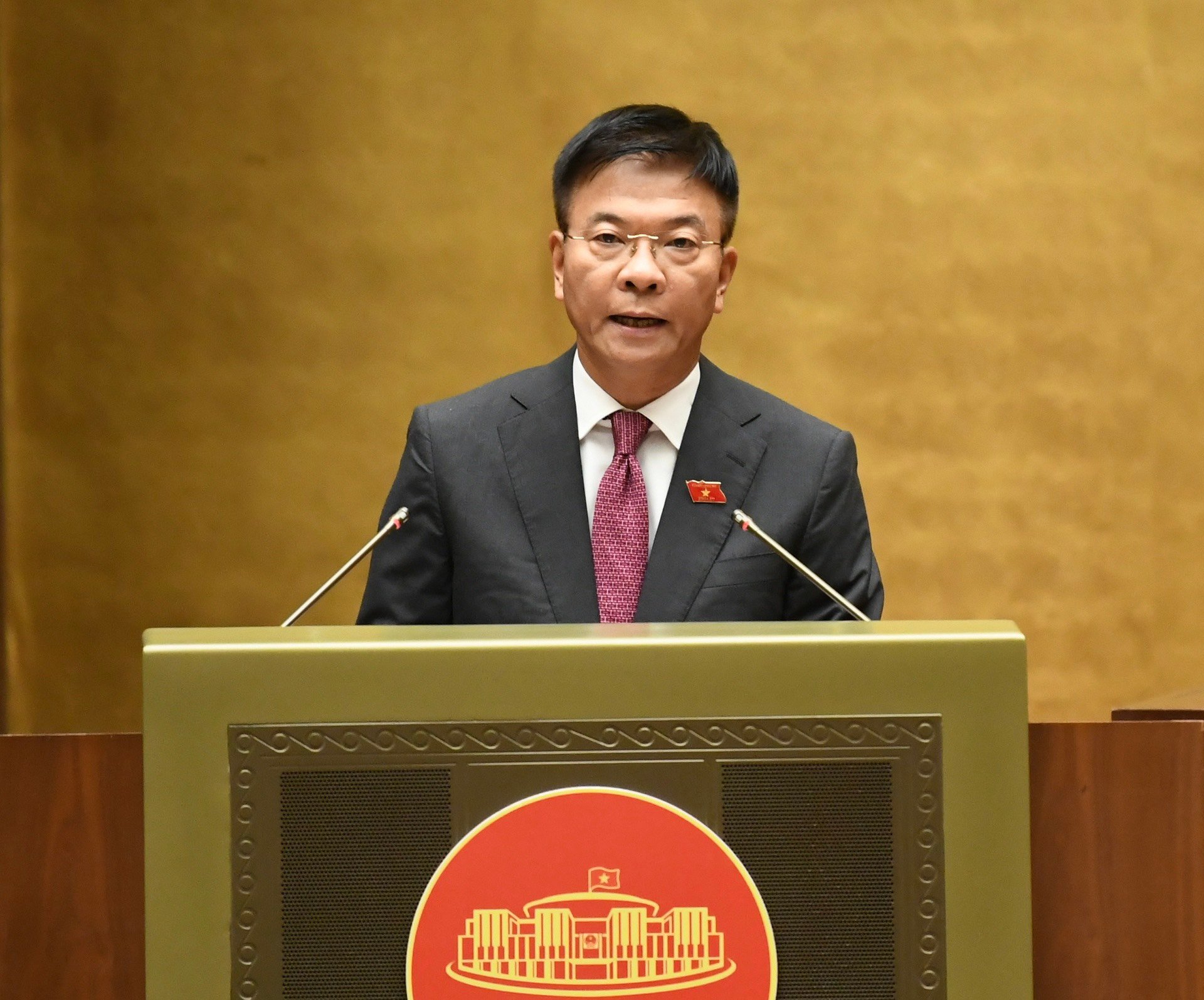
Minister of Justice Le Thanh Long presents the draft revised Capital Law
Regarding the capital's government, the Government proposed implementing a model of not organizing ward People's Councils in Hanoi ; increasing the number of city People's Council delegates from 95 to 125, and the proportion of full-time delegates from 20% to 25%.
The number of vice chairmen of the People's Council also increased from 2 to a maximum of 3; the composition of the People's Council's standing committee was expanded compared to the Law on Organization of Local Government to improve the capacity and increase the professionalism of this agency.
According to the Government's proposal, two more cities will be established under Hanoi. They are a logistics and service city in the northern region, including Dong Anh, Me Linh, and Soc Son, and an education , training, and science city in the western region, including Hoa Lac and Xuan Mai.
The two proposed additional cities will have different characteristics compared to the district, town and city governments, such as increasing the number of vice chairmen of the People's Council, People's Committee, full-time People's Council delegates, and adding an Urban Committee...
Regarding tasks and powers, the revised Capital Law proposes many specific mechanisms, such as the city being allowed to increase its staff in accordance with actual needs; the Standing Committee of the City People's Council has some additional powers such as deciding on measures to resolve urgent and extraordinary work; deciding to adjust investment policies for public investment projects of groups B and C, etc.
Many special mechanisms
Regarding regulations on construction, development, management and protection of the capital, the draft law proposes to give Hanoi many special mechanisms.
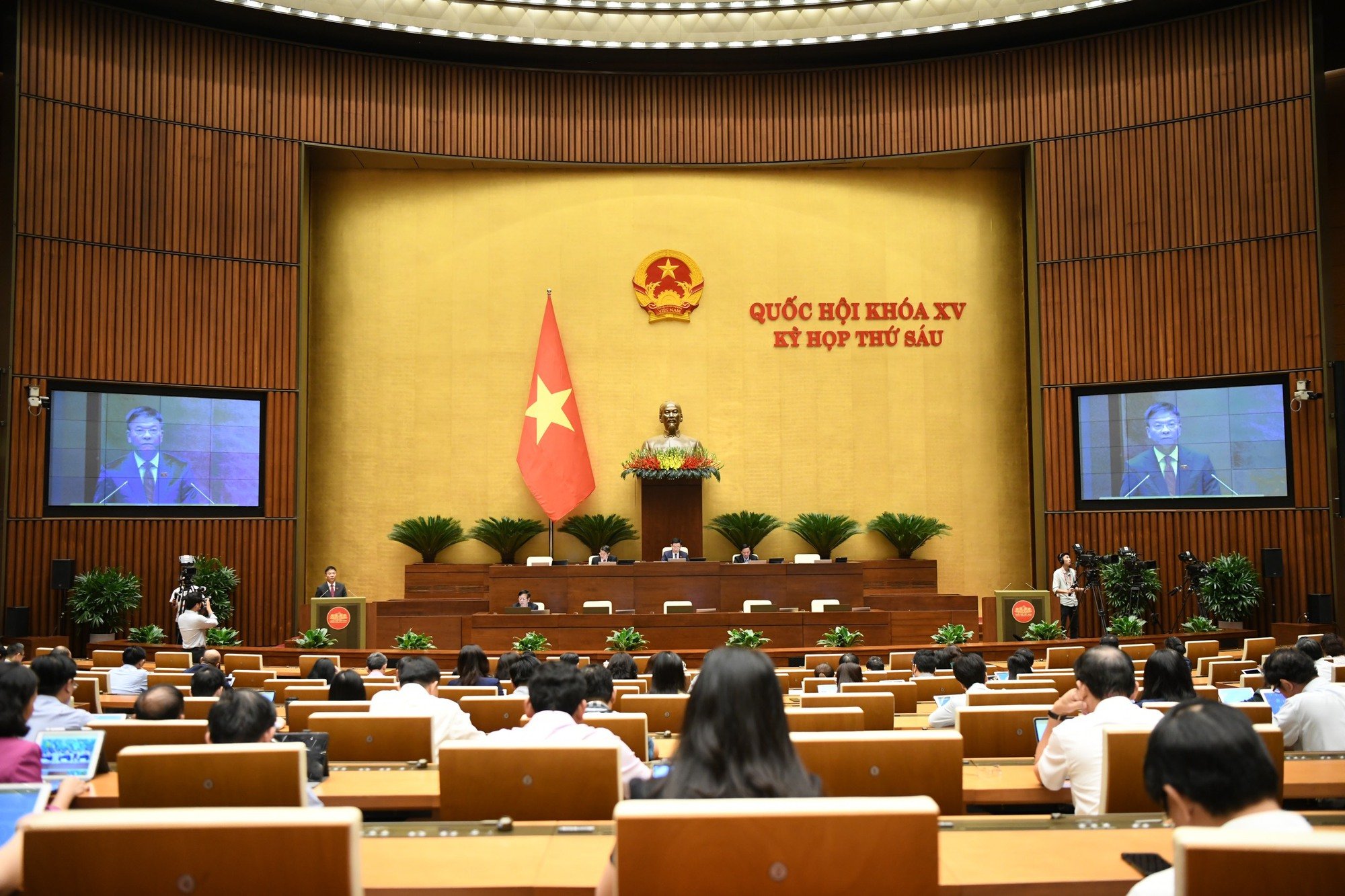
The amended Law on the Capital presents many special mechanisms for Hanoi City.
For example, the Prime Minister has delegated authority to the Hanoi People's Committee to locally adjust the general planning for functional areas, general urban planning, and specialized technical infrastructure planning. This policy is similar to what Ho Chi Minh City is implementing.
The draft law also stipulates the expansion of the scope of investment projects when detailed planning determines land to be recovered in the vicinity for urban reconstruction and on-site resettlement; and provides principles on underground space, creating a legal basis for construction.
Regarding social policy, the Government proposed that the Hanoi People's Council be allowed to decide on budget allocation to support poverty reduction, job creation, loans to buy social housing; support workers and laborers in industrial zones to borrow to buy social housing...
In addition, some investment authorities from the National Assembly and the Prime Minister are also proposed to be decentralized to the People's Council and People's Committee of Hanoi. Accordingly, the People's Council of the city decides on the investment policy of the urban railway project; the project uses a maximum public investment capital of VND 20,000 billion. At the same time, Hanoi is allowed to issue its own economic-technical norms, cost norms, and unit prices, in accordance with the actual situation, characteristics, and needs of construction and development of the capital.
Regarding environmental protection, land management and use, the Government proposed that the city regulate the relocation of industrial production facilities that cause long-term environmental pollution or are labor-intensive, and medical facilities with high risks of infection and transmission out of historical inner-city areas and central urban areas; and allow support and incentives for purchasing and converting means of transport from using fossil fuels to using clean energy.
The city retains 100% of land use fees and land leases to carry out the task of developing the capital region, supporting the relocation of central agencies, schools, hospitals, and production facilities according to the planning to have land funds to develop technical infrastructure and social infrastructure to serve the community.
Similar to the specific mechanism applied to Ho Chi Minh City, the draft law stipulates that the Hanoi People's Council shall issue a land price adjustment coefficient suitable to reality; change the purpose of using production forest land under 1,000 hectares and rice land under 500 hectares to other purposes.
The National Assembly is expected to discuss the draft law on the amended Capital City this afternoon. The draft law will be passed by the National Assembly at its 7th session in mid-2024.
Source link



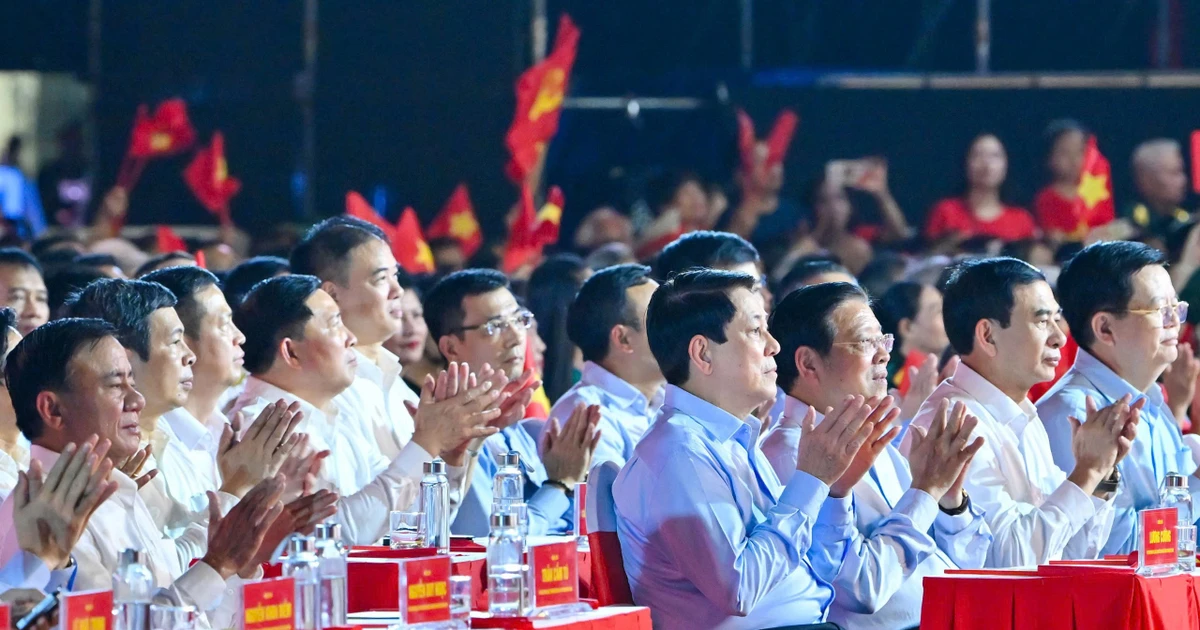
![[Photo] President Luong Cuong attends special political-artistic television show "Golden Opportunity"](https://vstatic.vietnam.vn/vietnam/resource/IMAGE/2025/8/22/44ca13c28fa7476796f9aa3618ff74c4)

![[Photo] President Luong Cuong receives delegation of the Youth Committee of the Liberal Democratic Party of Japan](https://vstatic.vietnam.vn/vietnam/resource/IMAGE/2025/8/22/2632d7f5cf4f4a8e90ce5f5e1989194a)

![[Photo] Prime Minister Pham Minh Chinh chairs the conference to review the 2024-2025 school year and deploy tasks for the 2025-2026 school year.](https://vstatic.vietnam.vn/vietnam/resource/IMAGE/2025/8/22/2ca5ed79ce6a46a1ac7706a42cefafae)


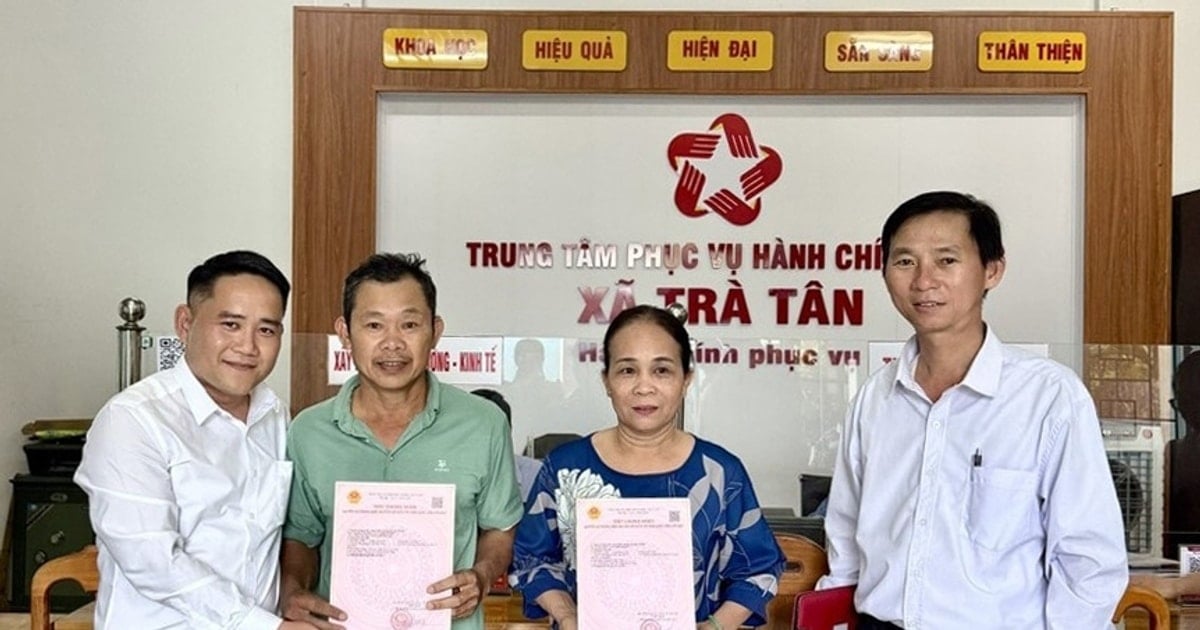

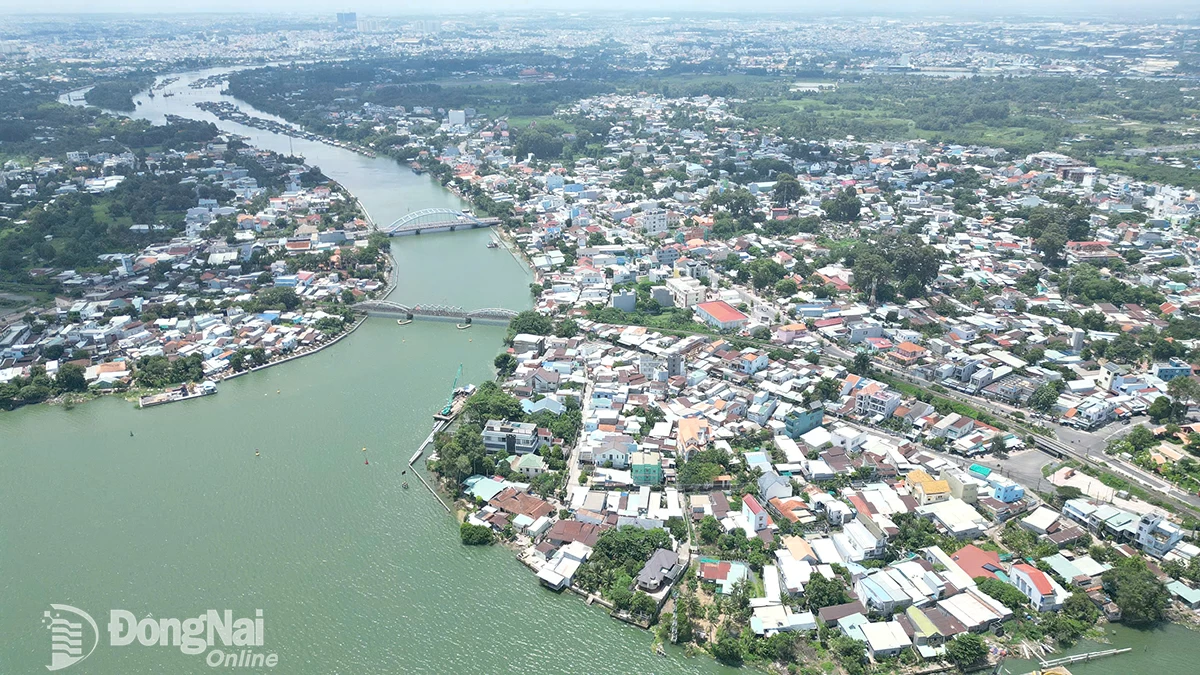
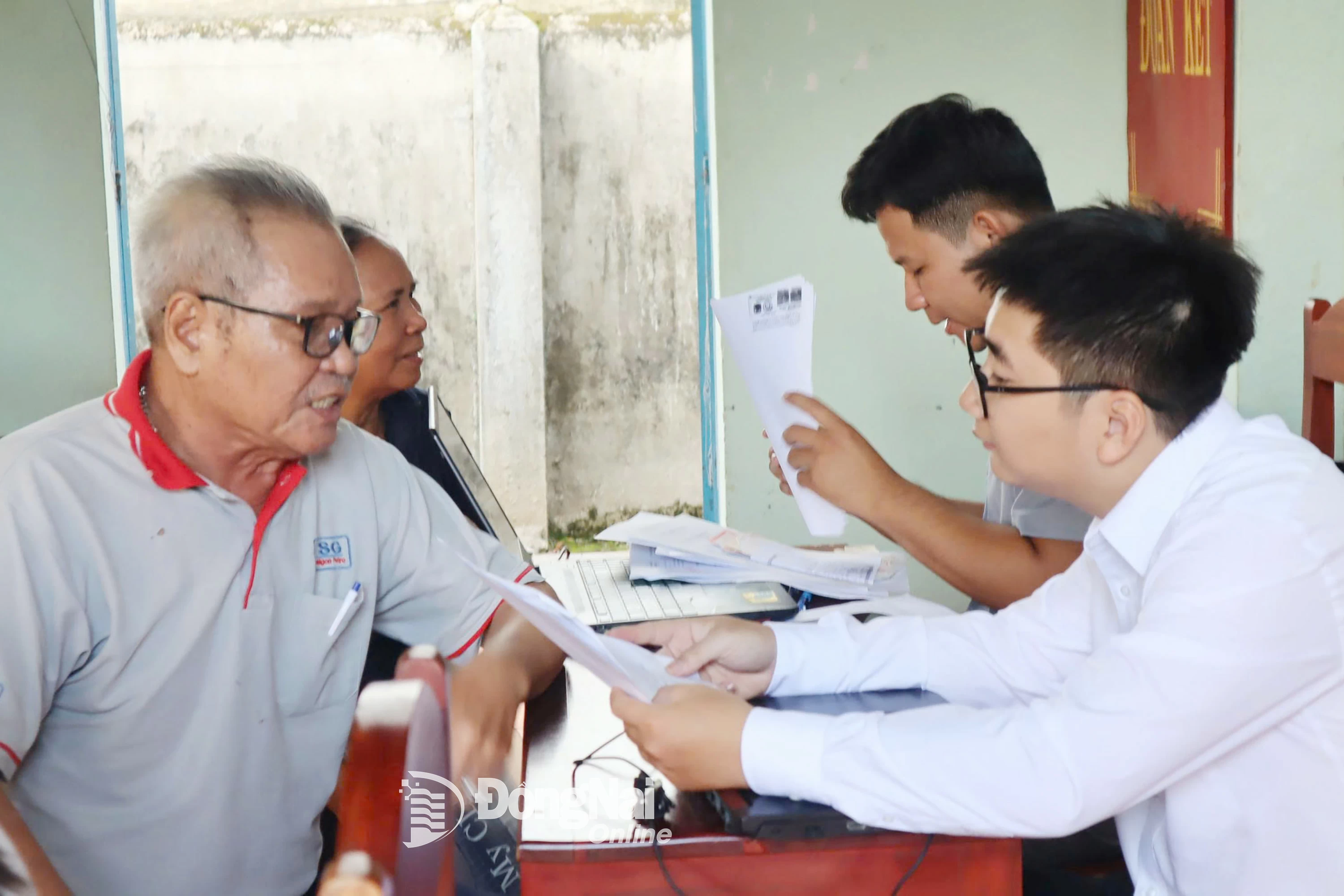
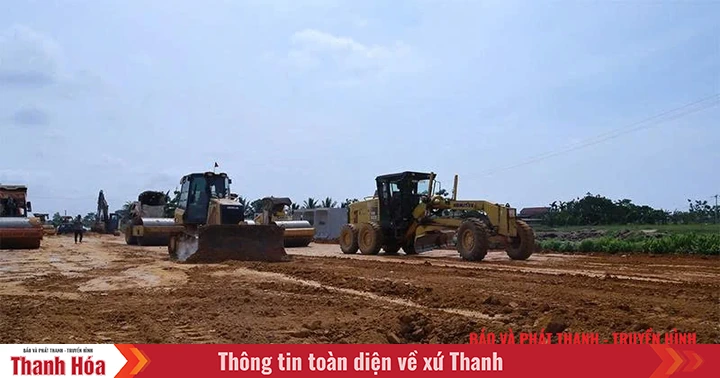







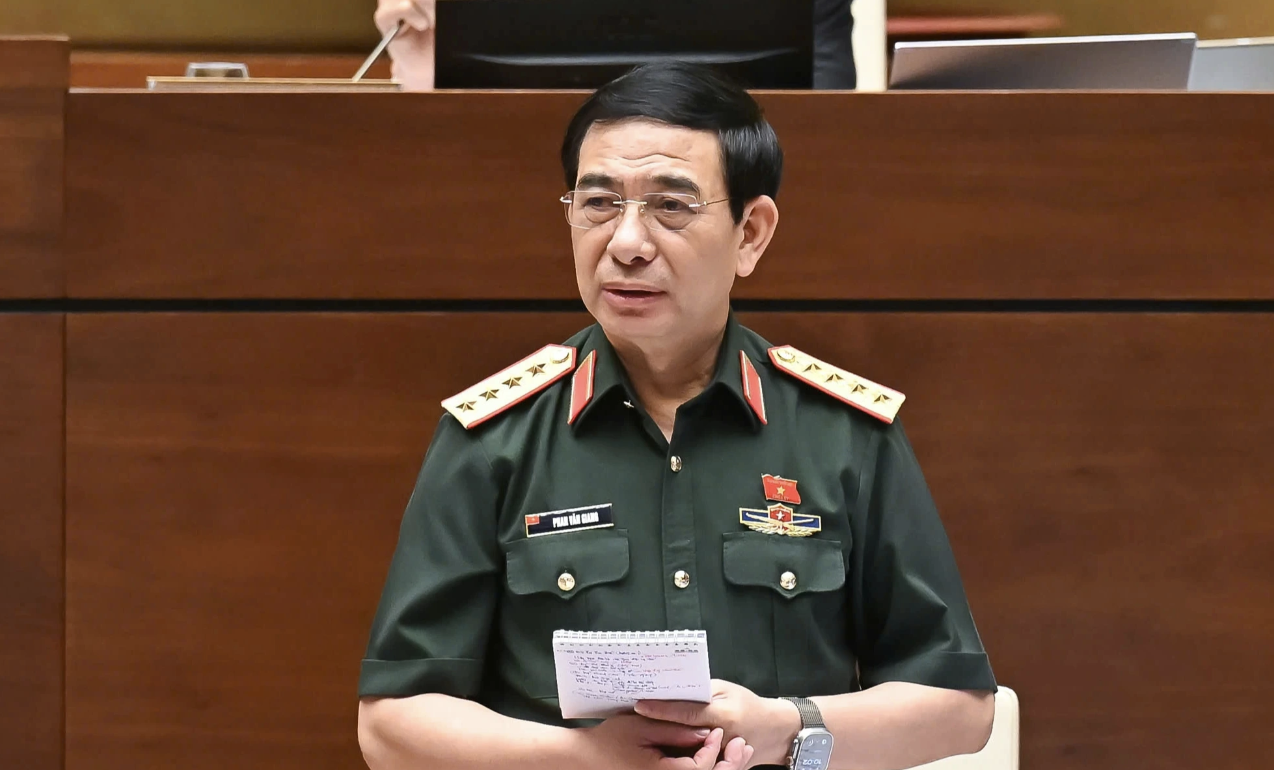
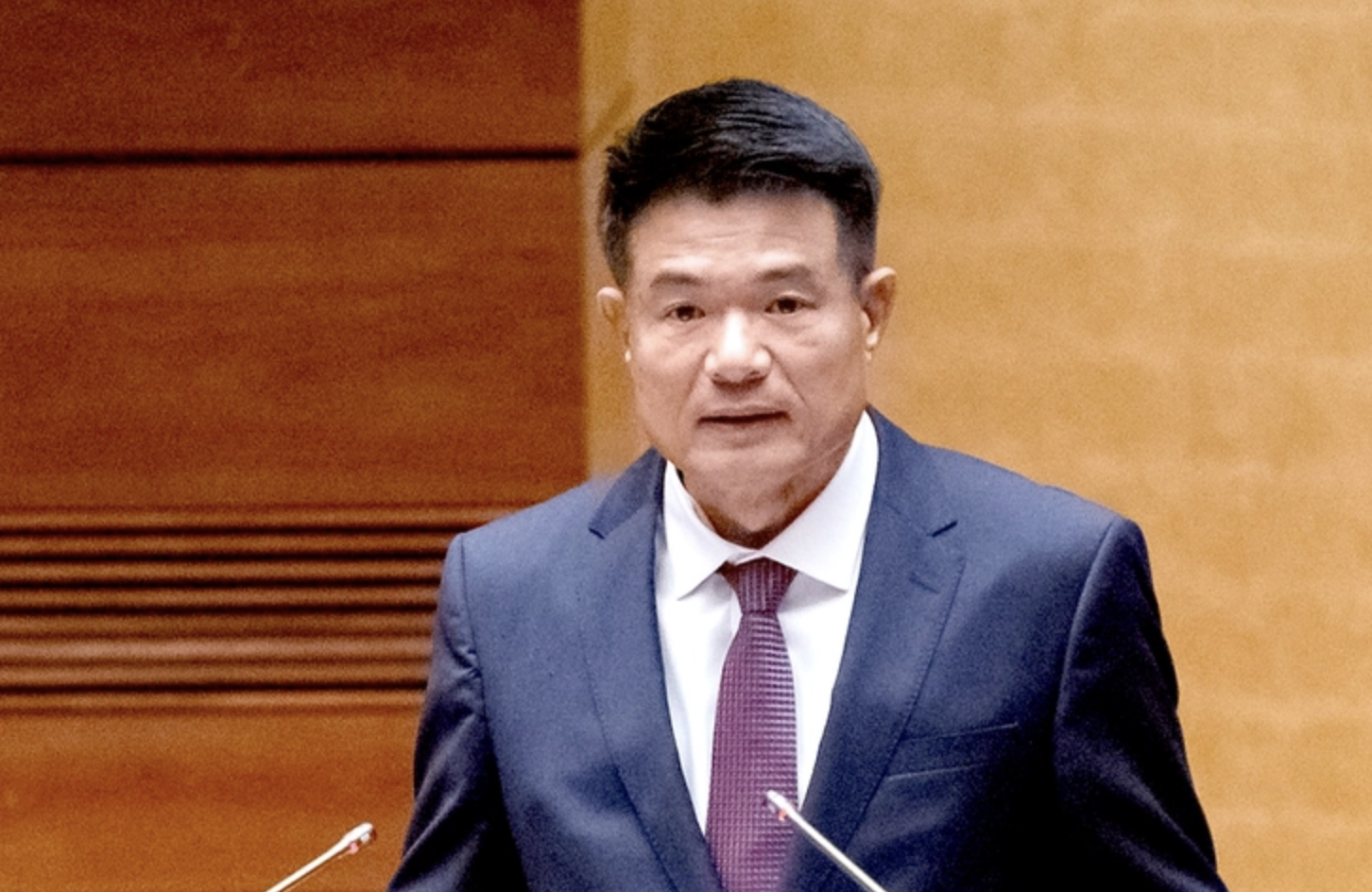

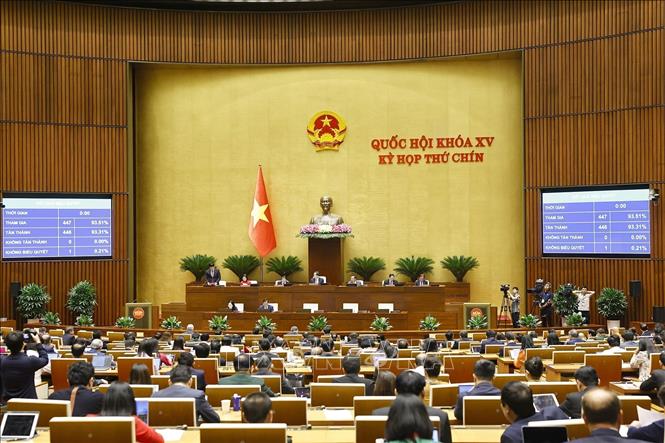





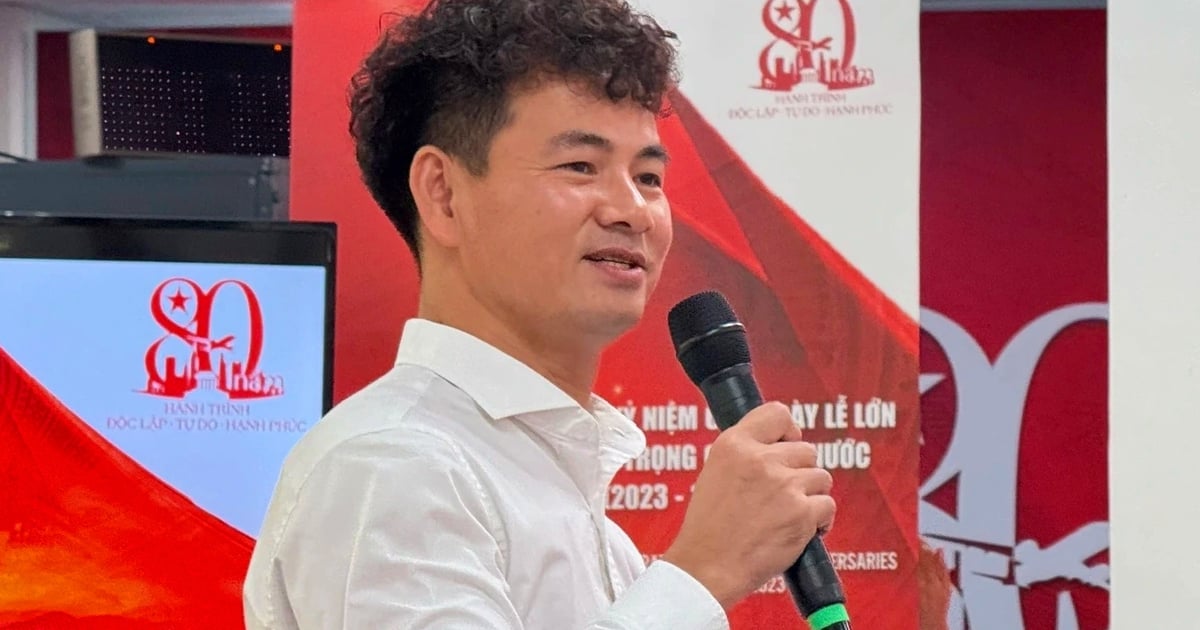

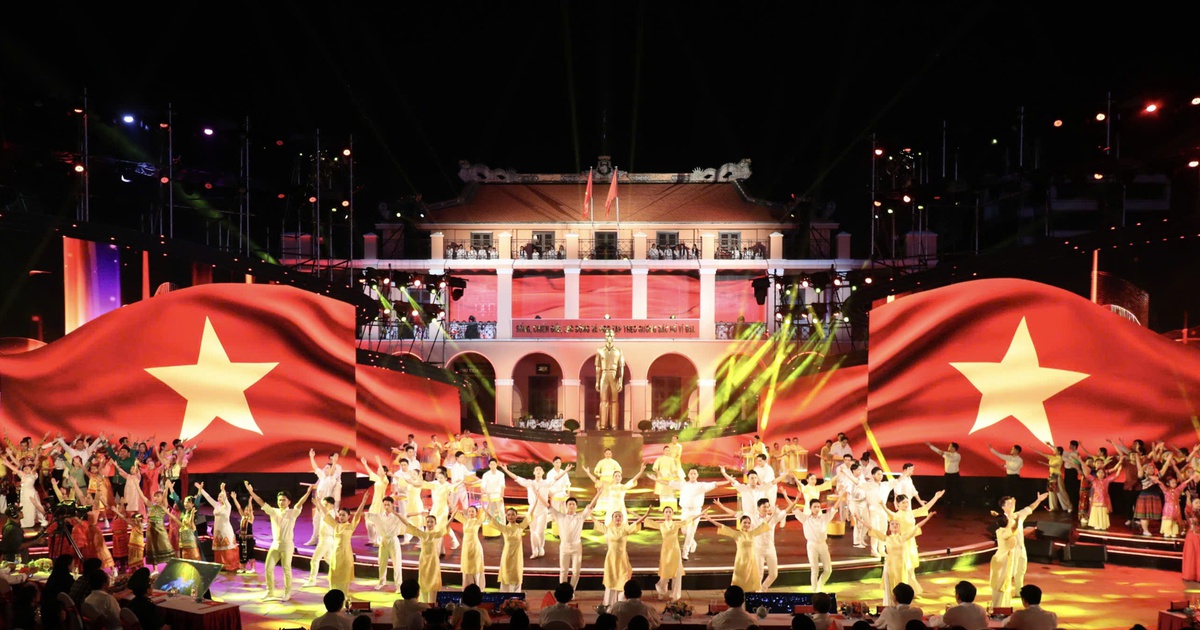
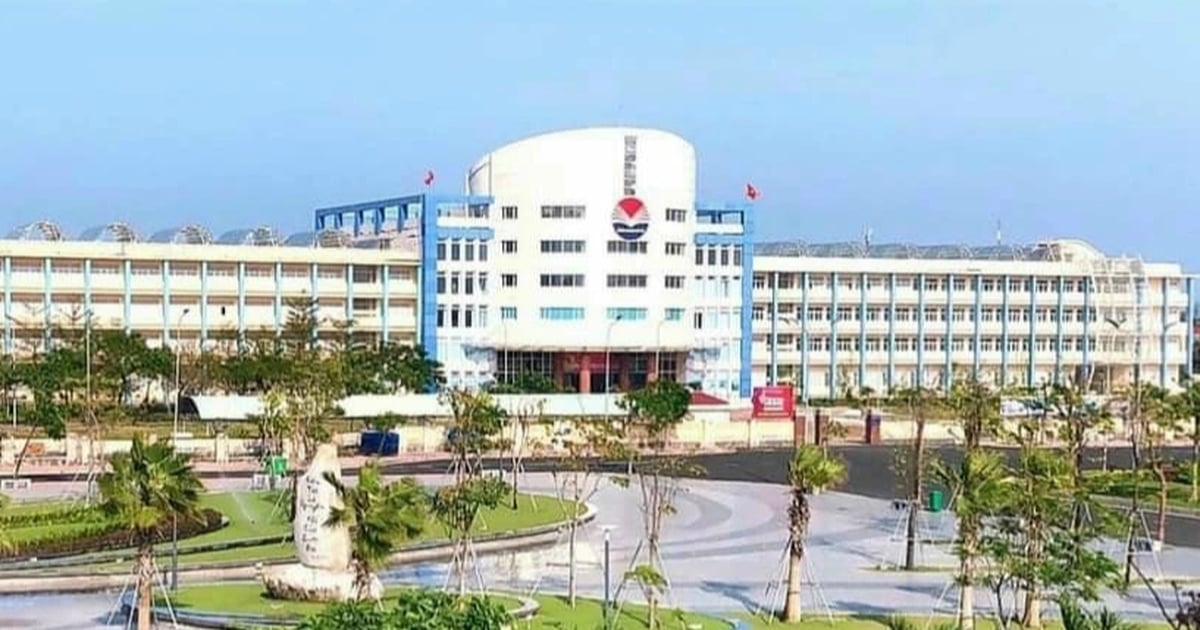
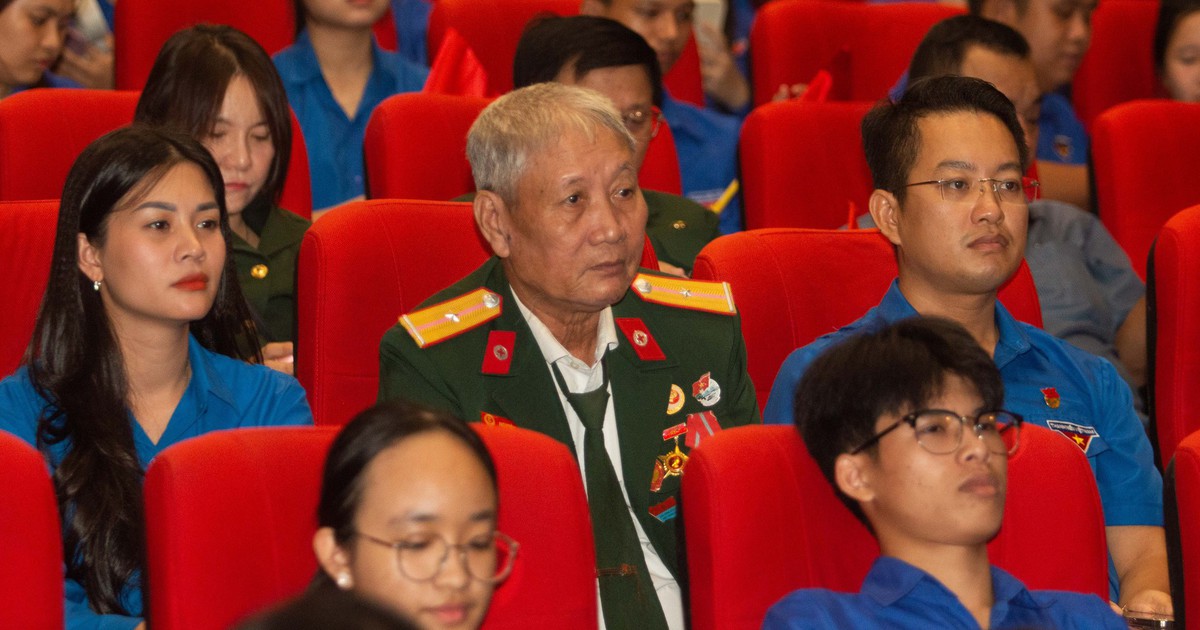
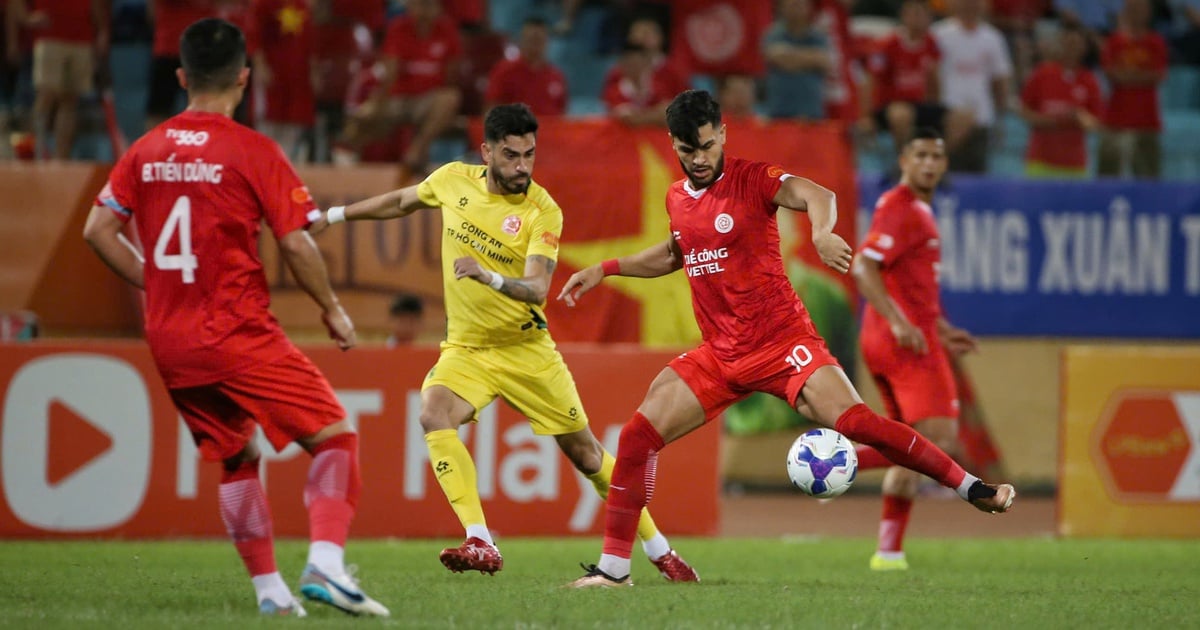

























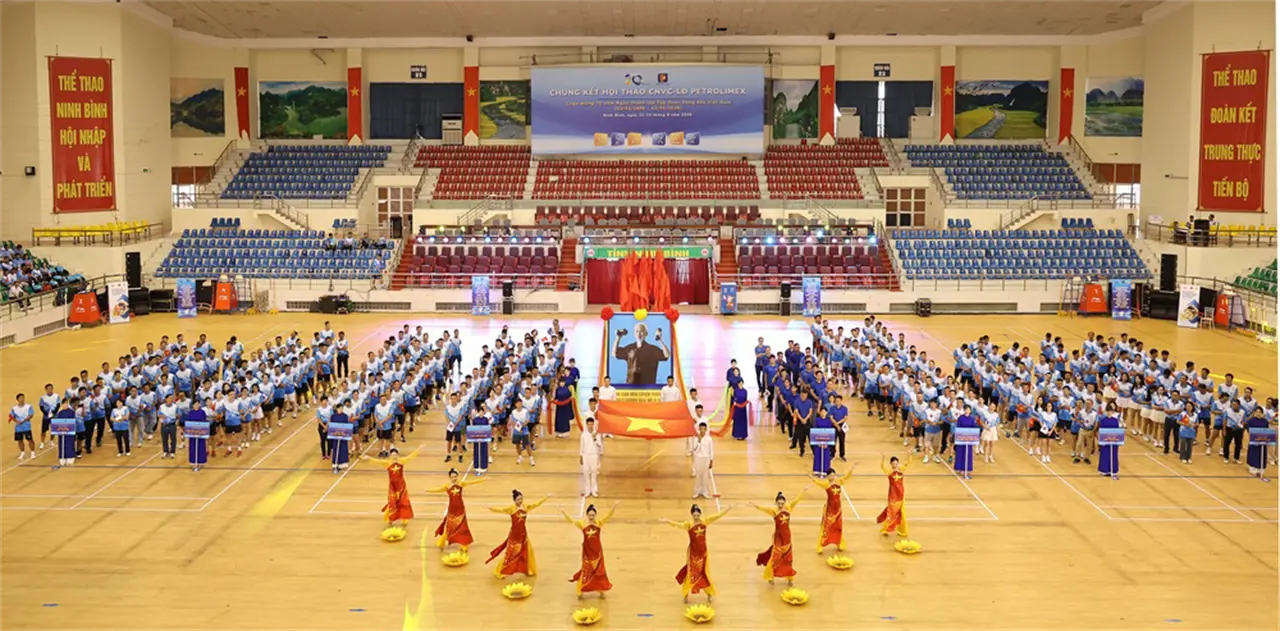






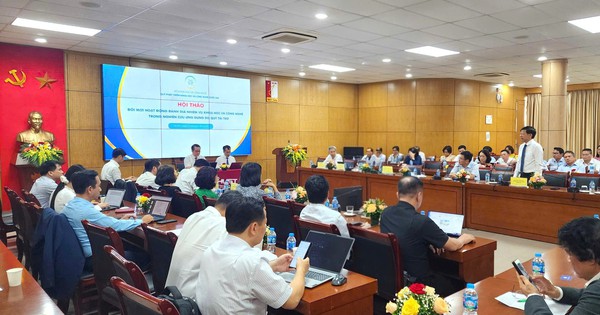

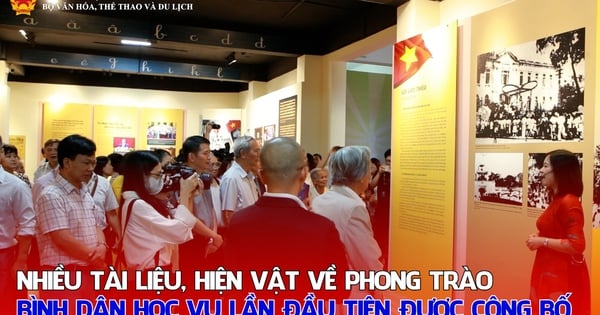

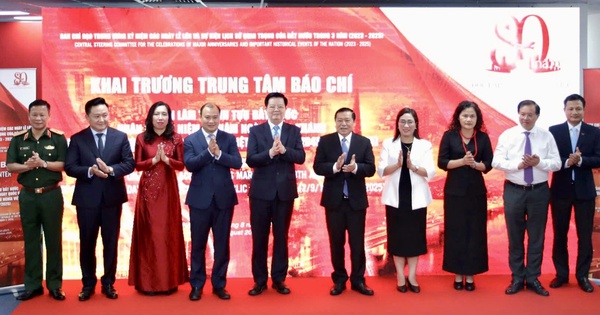






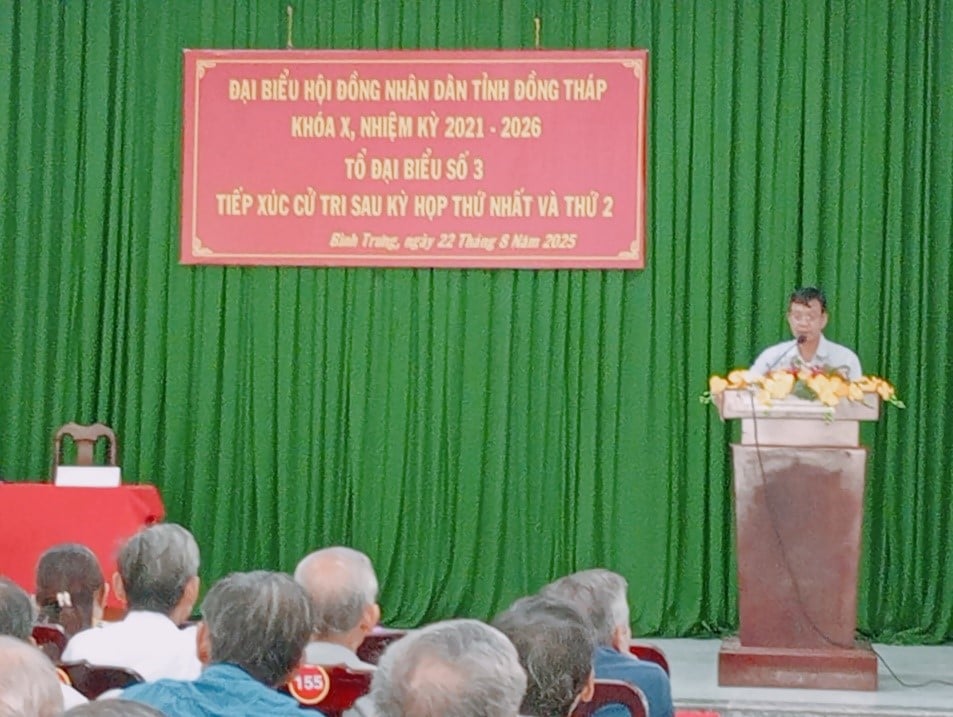
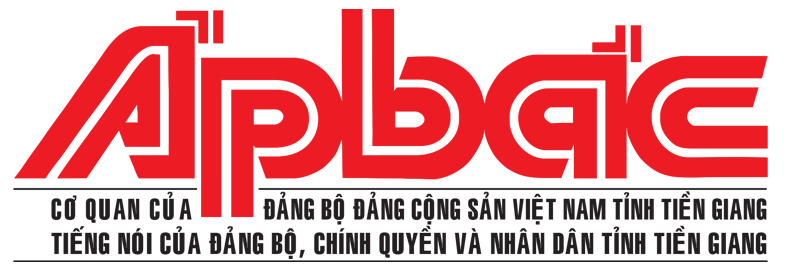
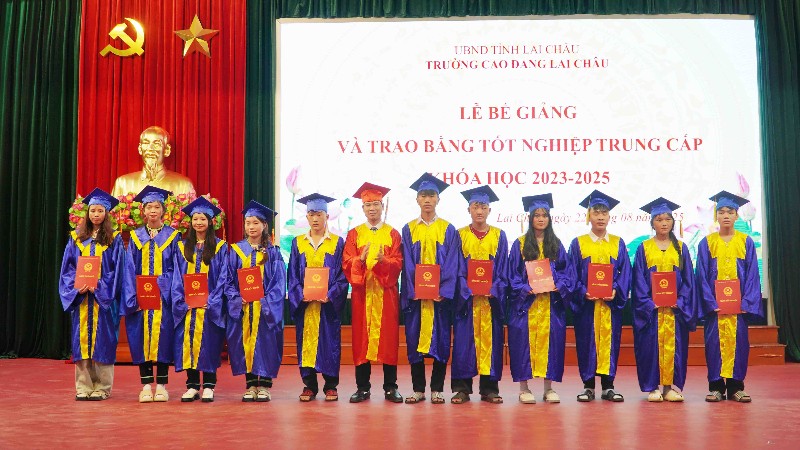

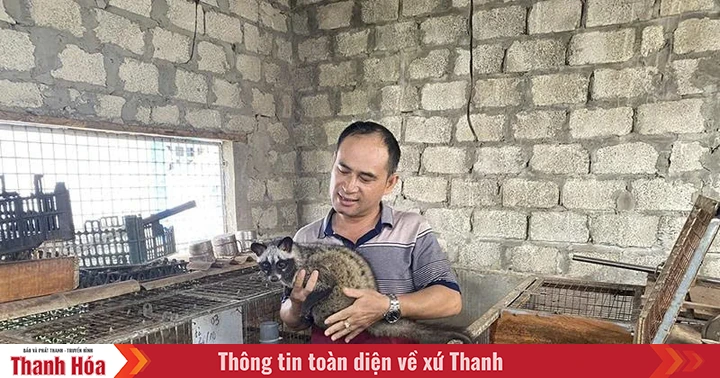
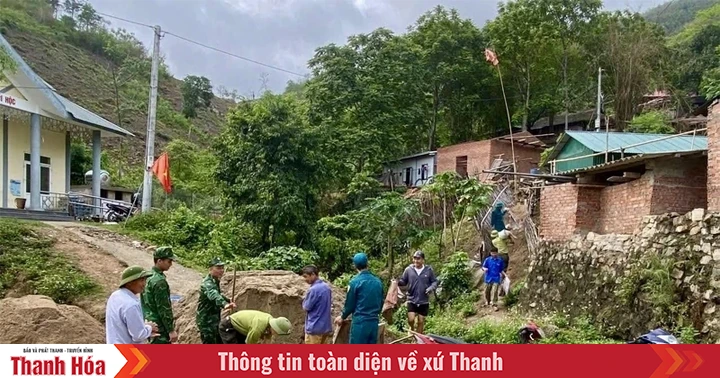
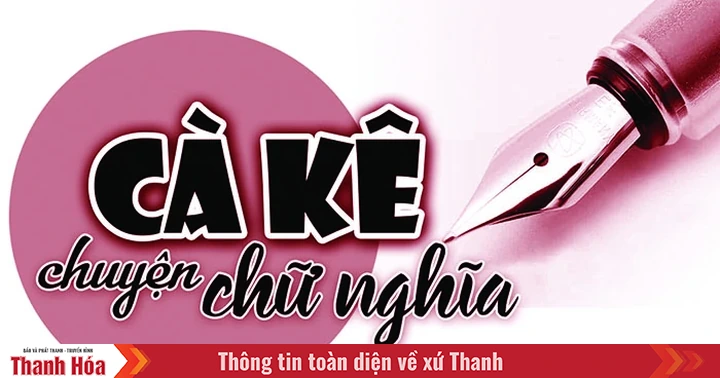













Comment (0)